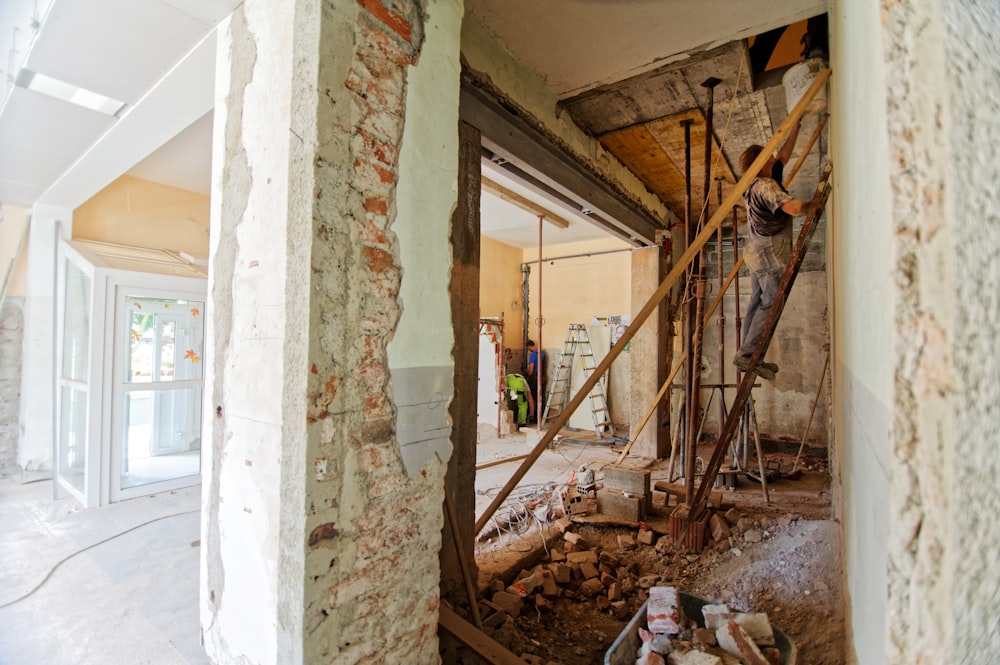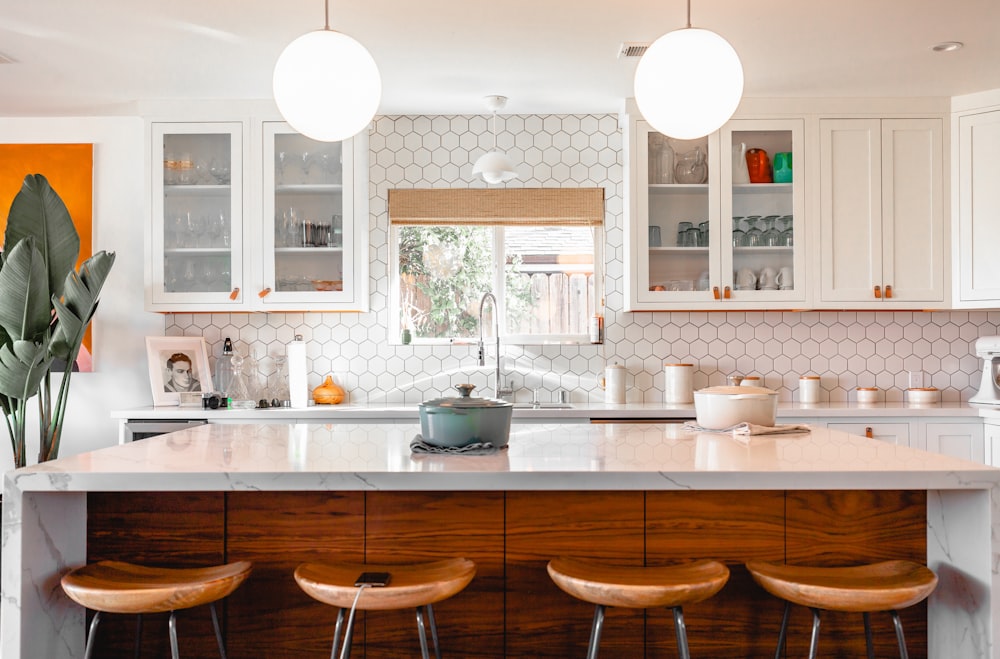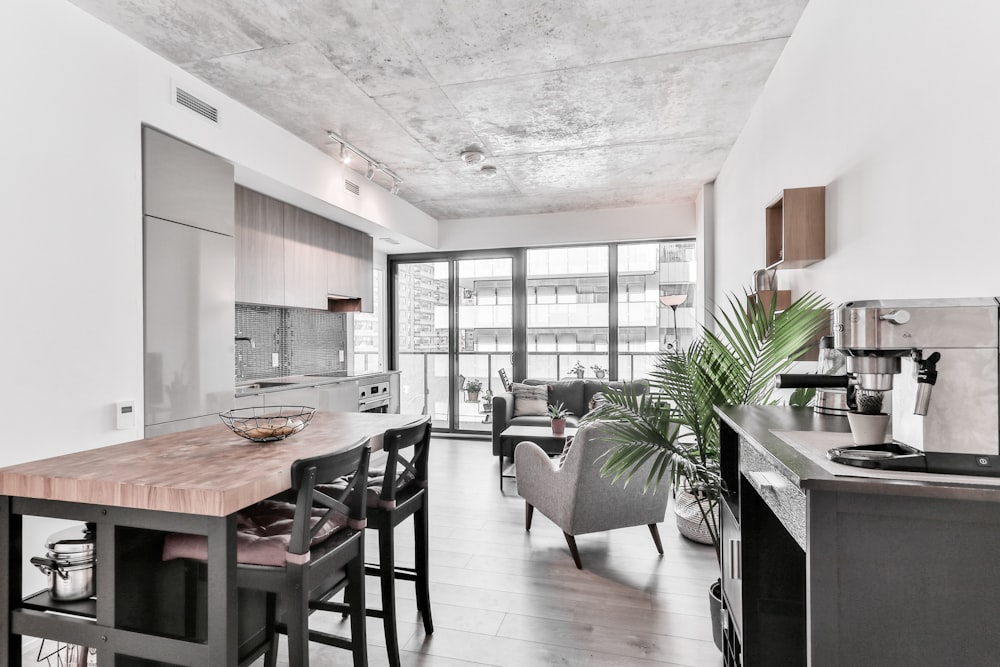When it comes to being a landlord, there are very few exceptions to the endeavor being a solely for-profit venture on part of the investor. As a landlord, your goal is likely to make money, and there’s little to no reason not to try and maximize that profit as efficiently as possible.
As a beginner in the industry or even a first-time investor, you may find it plausible to buy some relatively outdated homes that bring in a modest rent, but for those looking to take it to the next level, this is how.
One You Didn’t Think Of — Partial Liquidation
If you’re a seasoned landlord and own multiple pieces of real estate with tens of tenants on your roster, one of the best ways to maximize your return on assets may be to liquidate in some cases. You could sell via an agent, yourself, or through other contacts, you may have in the market, but you could also simply turn it over to an investor such as Time Worthy Property Solutions to get a plausible return on this property.
Part of being a great investor is to not get caught up in nostalgia, or develop any sort of emotional attachment to your assets. To avoid this, you should be periodically auditing your finances and investments, checking for your return against the alternatives available to you. Real estate is no exception to this, with some properties you’ve held long-term maybe becoming outdated eventually and getting to the point where you could generate a greater return on investment (ROI) on the proceeds that come from liquidating this home.
This doesn’t suggest you should sell all of your homes and put them into a Fortune 500 stock, mutual fund, index fund, retirement account, or whatever other investment vehicle more passive than real estate because of the relatively safe investment they seem to be, but it does mean you can and should consider partial liquidation at times.
The Oh-So-Obvious Renovation
All homeowners, landlords, prospective buyers, agents, and, yes, anyone and everyone within the real estate industry know the concept of renovating an outdated home to increase its value. In fact, there are entire TV series produced about just this dynamic and the process it entails.
When it comes to renovations and updates, though, it pays to be meticulous, and to evaluate what use of money will actually be the highest ROI point in your investment if you were to go ahead with the idea of renovating, or partially renovating, your property. It may not be necessary to entirely gut the whole house, replace every piece of flooring, raise the ceilings, redo the entire kitchen, and all the trimmings. It’s very possible to do a select few updates to your property and get the increase in rental price desired.
To accomplish this, the homeowner must figure out what the money-maker is in the house. This is different for every property. A lake house, for example, may derive much of its value from the location of the land it sits on and the view, whereas a small California townhome gets its worth from its proximity to the Bay Area and simply location alone. Each scenario is a different renovation waiting to happen, and this includes unforeseen factors such as the condition of the interior itself.
Prioritizing The Right Changes
The key aspects of any renovation that are always sure to give you great bang for your buck, though, are a few popular favorites. Updating the kitchen and common area is a bulletproof way to raise the value of your home. The kitchen is one of the most expensive areas of the house from a price-per-square-foot standpoint, and this correlates with the total listing price, as well as what a landlord can ask for rent.
Next most important? The bathrooms and bedrooms. An updated or luxurious bathroom adds something extra to a home that those with simplistic ones just do not have. There’s an aura of quality that just exudes from a home that has had updates done to the washrooms to make it feel like it’s 2020 rather than 1990.
A bedroom may be one of the cheapest ways to raise the value of your home. Not that beds and furniture are cheap, but the fact that you don’t have to go all out to make it a high-quality, aesthetic room is what really makes the difference. A simple update like removing old carpet in favor of hardwood or laminate flooring, some paint and some repurposed dressers and nightstands are all you need if you’re putting the money into the big projects such as a kitchen.
These rooms make up the core of a home. Get these done properly, and the rest of the home will take care of itself as long as you finish it out properly with the right complementary accessories and design arrangement.
Open Concept Is Key
Last but not least, though, the most important part of a renovation is the layout of the home. Many investment properties happen to be old, and old homes tend to be, shall we say, rather stuffy in a sense. Older homes sometimes have low ceilings and an abundance of walls separating rooms from one another, something modern home buyers and tenants don’t generally favor.
A big change can be made with a couple simple, yet impactful adjustments being made from the layout standpoint, and you know what they are. Raising a low ceiling is a game-changer when it comes to updating a home. The feel of the space is entirely different and all-around more inviting when this is accomplished. Sure, it will take some framing expertise from contractors to ensure it’s done properly while avoiding any structural issues, but well worth it when accomplished.
You can’t remove a ceiling from a portion of the house and leave the walls beneath it. That’s just not how it works. Removing walls that limited the floor space and kept the house feeling closed off will only further the feeling of openness in your basically new home, and is sure to increase the market value of your home, both monthly and as a whole.
Wrapping It Up
As you draw your renovation or investment audit to a close, keep in mind that everything is circumstantial and unique to your personal situation. Every property is different, as is every landlord’s investment portfolio. Make the choice that best suits your needs, and consult with those in a similar position, too! It never hurts to get more input.



